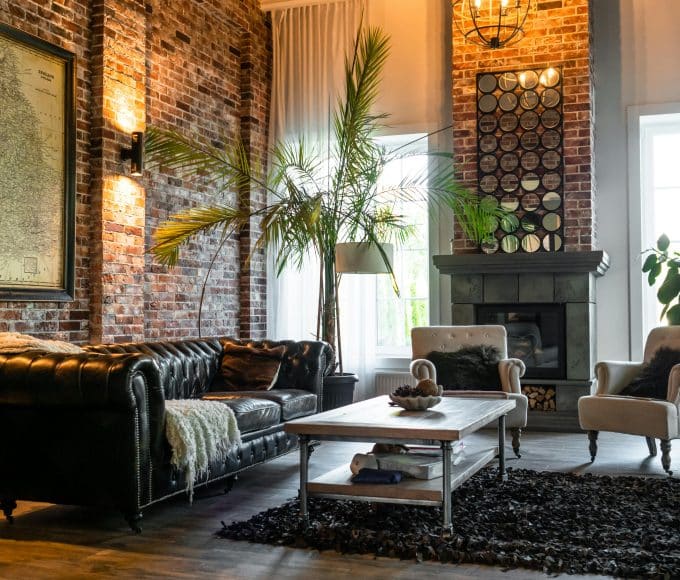 With house prices dropping and mortgages becoming more and more difficult to secure, families have resorted to enlarging their existing house rather than simply buying a larger house. Conservatories are the most popular type of extension for a variety of reasons. Not only are they often cheaper than some of the other alternatives, but they also create an amazingly unique room for the whole family to enjoy.
With house prices dropping and mortgages becoming more and more difficult to secure, families have resorted to enlarging their existing house rather than simply buying a larger house. Conservatories are the most popular type of extension for a variety of reasons. Not only are they often cheaper than some of the other alternatives, but they also create an amazingly unique room for the whole family to enjoy.
Loft conversions are often expensive and difficult to achieve on certain properties. You also lose the valuable storage space in the loft. A traditional extension may provide the extra internal space that is required; however you will also need to sacrifice outdoor space. A conservatory allows you to create additional indoor space, while creating a space which feels like it is outdoors!
Will You Need Planning Permission?
One factor that you will still have to consider if you are planning to add a conservatory to your property is whether or not you will require planning permission for your new extension. The local council is very keen to keep control of the changes that people are making to their property and as a result have tightened up the planning requirements. The planning permissions may seem like an unnecessary step, however they are there for everyone’s benefit. The permissions stop people building any old extension, without them, your neighbour could end up building a 2 storey extension down the entire length of their garden, ruining your garden.
Planning Permission Check List
Even with the tightened planning regulations, only around 2 thirds of conservatories will require some sort of planning permission. If your planned conservatory meets the following 9 criteria you will not have to apply for planning permission.
1) A maximum of 50% of the land around your property may be used for development.
2) The conservatory that you are planning must not face towards any public road or footpath.
3) The conservatory must not exceed a depth of 400cm if it is to be placed on a detached property.
4) The conservatory must not exceed a depth of 300cm if it is to be placed on a semi-detached property.
5) The conservatory must not exceed a height of 400cm.
6) The conservatory must not exceed more than 50% of the height of the original house.
7) The conservatory must have a minimum of 50% of the walls glazed and a minimum of 75% of the roof glazed as well.
8) An external door is required to separate the conservatory from the rest of the house.
9) The existing house is not covered by any listed buildings regulations or any other regulations or protections which may cause planning permission to be required.
As we mentioned, provided that your conservatory meets all of the above criteria, you will not require planning permission. That said, even if your conservatory does need planning permission, it doesn’t mean that you will not be able to have a conservatory added to your property.
Interested in property development and renovation, the author has written about a variety of subjects, ranging from simple home improvements such as replacing windows, through to complete home renovations.












